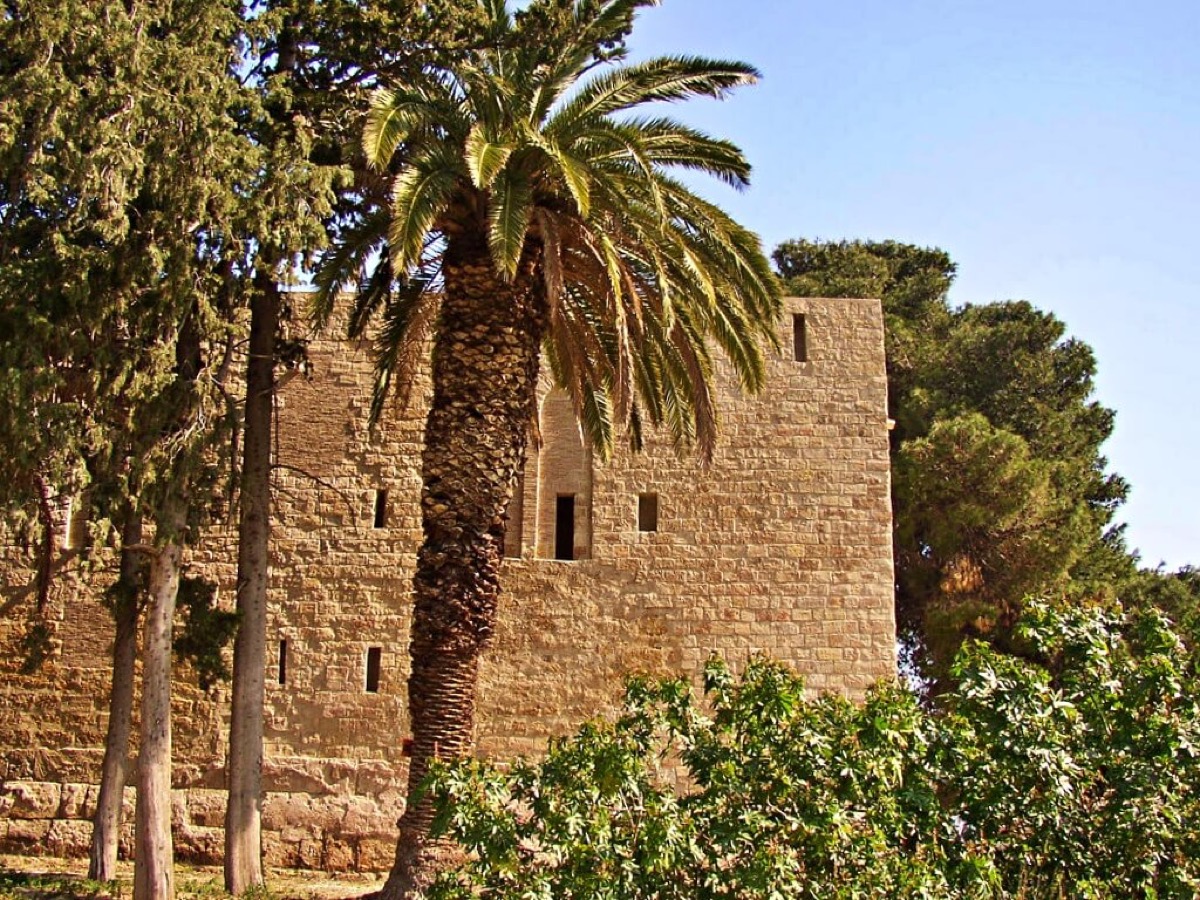Castello di Maredolce
Città metropolitana di Palermo Sicilia Italy
castle, chateau
Castello di Maredolce
Città metropolitana di Palermo Sicilia Italy
castle, chateau
The Maredolce Castle (Italian: Castello di Maredolce), also called Favara Palace (Italian: Palazzo della Favara), is a medieval building of Palermo
Il castello di Maredolce o palazzo della Favara è un edificio palermitano in stile islamico, la cui architettura non sembra mostrare influenze normanne; esso risale al XII secolo, e si trovava all'interno della Fawwara ("fonte che ribolle" in lingua araba), il parco della Favara, nel quartiere di Brancaccio
Previous names
Castello di Maredolce, Castello di Maredolce
Description
The Maredolce Castle (Italian: Castello di Maredolce), also called Favara Palace (Italian: Palazzo della Favara), is a medieval building of Palermo. During the Siculo-Norman age it represented one of the "Solatii Regii" of the Kings of Sicily in the capital city. It is located within Favara Park, in the neighbourhood of Brancaccio.
The origins of the building remains shrouded in mystery. Some scholars tend to attribute the foundation of the castle to the emir Ja'far al-Kalbi (998-1019), believing that it was built over a preexisting structure. Other scholars believe that the castle dates back to the Norman era, although others consider that just the lake of the Favara Park was realized in the age of the Hauteville dynasty. The first documents regarding the castle and its park are the "Chronicon sive Annales" of Romuald Guarna and a poem of the muslim poet Abd ar-Rahman al-Itrabanishi (12th century).
In 1071, during the military campaign to conquer Palermo, the area of the castle was occupied by the Norman Count Roger I. After a few decades, it was used as one of the "Solatii Regii" erected along the royal parks of the city and, thus, became one of the royal residence of the first King of Sicily, Roger II. The structure was a part of a fortified complex located at the foot of Monte Grifone, probably closed within a surrounding wall including the palace, a ḥammām and an artificial lake.
In 1328 the King Frederick III gave the castle and the park to the Teutonic Order, whose headquarters was at the Basilica della Magione. During this period the structure was used as a hospital. In the 15th century the castle passed to the noble family Beccadelli di Bologna. In 17th century another change of ownership occurred and the castle was ceded to the Duke Francesco Agraz. Under the ownership of the Agraz family the building was left in a state of massive neglect and, thus, became known with the epithet of "Castellaccio".
Il castello di Maredolce o palazzo della Favara è un edificio palermitano in stile islamico, la cui architettura non sembra mostrare influenze normanne; esso risale al XII secolo, e si trovava all'interno della Fawwara ("fonte che ribolle" in lingua araba), il parco della Favara, nel quartiere di Brancaccio.
Il palazzo, impropriamente detto "castello", fu edificato nel 1071, e faceva parte di un "qasr", ovvero una cittadella fortificata situata alle falde di monte Grifone, probabilmente racchiusa entro una cinta di mura, che oltre al palazzo comprendeva un hammam e una peschiera. L'edificio fu una delle residenze del re normanno Ruggero II, che secondo il primo riferimento testuale sull'esistenza dell'edificio, il Chronicon sive Annales di Romualdo Salernitano avrebbe riadattato ai suoi scopi un palazzo preesistente, appartenuto all'emiro kalbita Jaʿfar nel X secolo durante la fase più prospera dell'Emirato di Sicilia.
Nell'arco dei secoli il castello subì dai Normanni e dagli Svevi delle modifiche e fu trasformato in fortezza. Nel 1328 fu ceduto ai frati-cavalieri teutonici della Magione, che lo trasformarono in un ospedale. Nel 1460 la struttura fu concessa in enfiteusi alla famiglia siciliana dei Beccadelli di Bologna e nel XVII secolo diventò di proprietà di Francesco Agraz, duca di Castelluccio: la trasformazione in azienda agricola era ormai completa.
Nel 1992 la Regione Siciliana ha acquisito per esproprio l'edificio e iniziato i lavori di restauro tramite la soprintendenza nel 2007. A dispetto dei restauri curati dalla Soprintendenza ai BB.CC.AA. di Palermo, ancora nel 2016 alcuni locali adiacenti al Castello risultano occupati e abitati abusivamente, impedendo la corretta fruizione del bene, che non è visitabile se non in rare occasioni particolari.
Il palazzo, per volere di Ruggero II, venne circondato da un lago artificiale, che lo cingeva su tre lati, ed era immerso in un grande parco, dove Ruggero II si dilettava nella caccia. Il bacino, che aveva al centro un'isola di circa due ettari di estensione, venne ottenuto grazie a una diga composta da blocchi di tufo, che interrompeva il corso della sorgente del monte Grifone. Nel XVI secolo la sorgente si prosciugò, e la peschiera divenne una fertile area agricola[3], ancora oggi esistente.[8]
L'edificio ha pianta quadrangolare, e possiede al centro un cortile molto spazioso, dotato in origine di un portico con volte a crociera, del quale rimane solo qualche traccia. L'esterno è formato da blocchi di tufo con arcate a sesto acuto. Nel lato non bagnato dal lago artificiale si aprono quattro entrate, due delle quali portano alla grande Aula regia e alla "Cappella palatina".
La struttura dell'adiacente ḥammām è dal XIX secolo inglobata in una palazzina, ed è riconoscibile con difficoltà.
Useful information
No
GRATUITO
GRATUITO
GRATUITO
- La chiesa dei Santi Filippo e Giacomo
- Un agrumeto
- Visite guidate
Non è visitabile se non in rare occasioni particolari
-
External links
Nearby castles
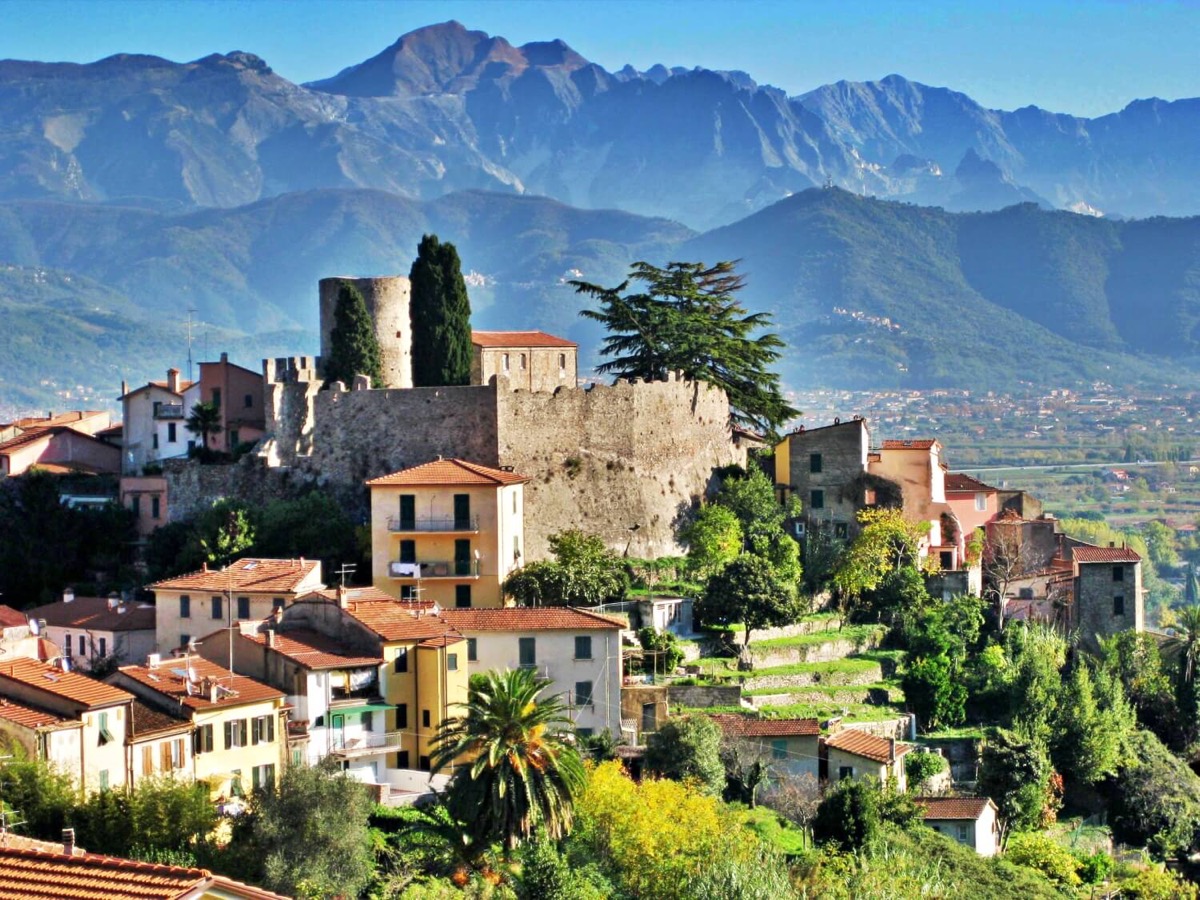
Castello a Mare
Città metropolitana di Palermo
3.8km
castle, chateau
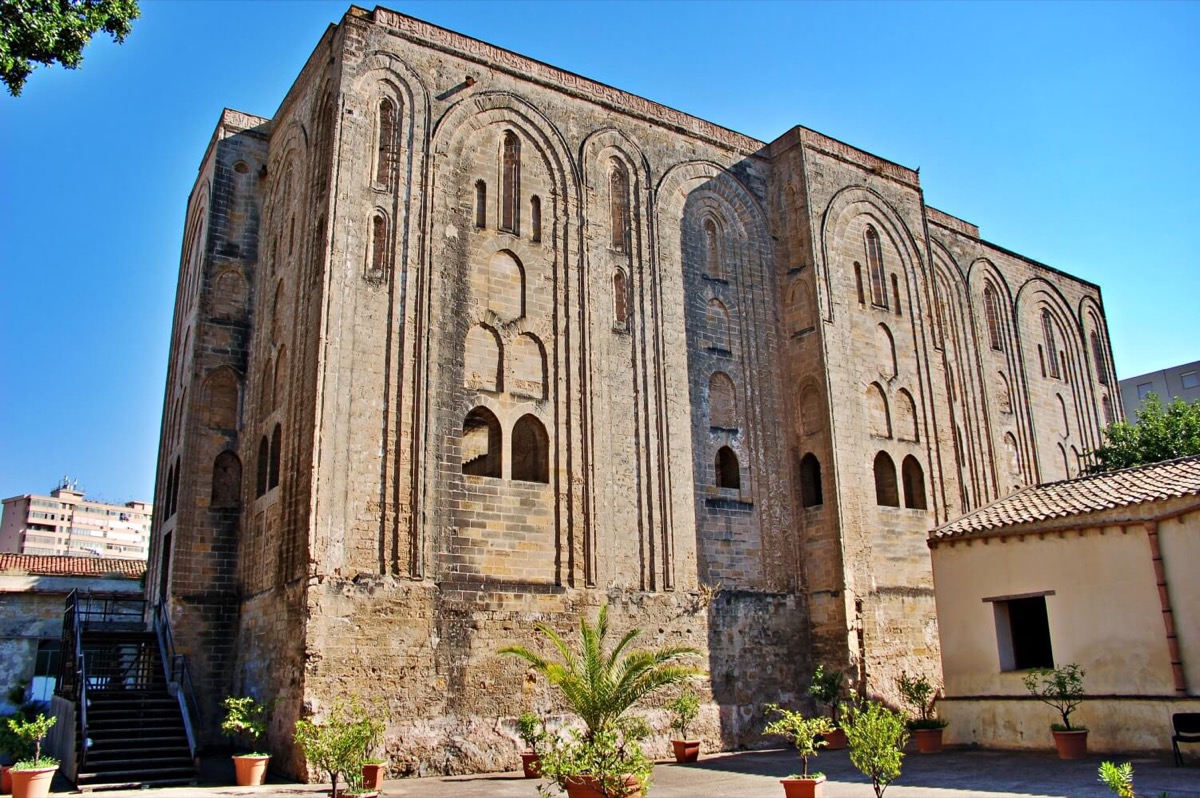
Cuba Palace
Città metropolitana di Palermo
4.3km
manor, mansion
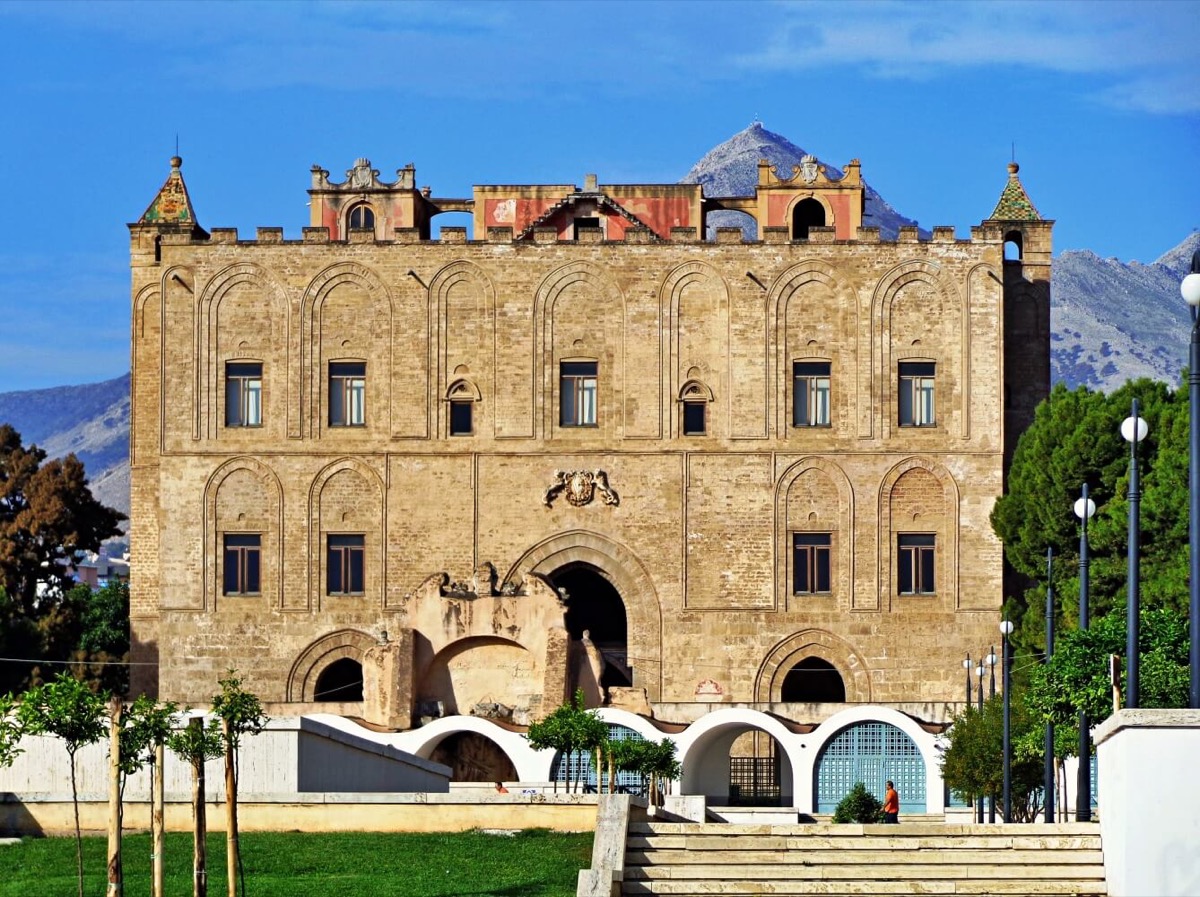
Zisa (Palermo)
Città metropolitana di Palermo
4.9km
castle, chateau
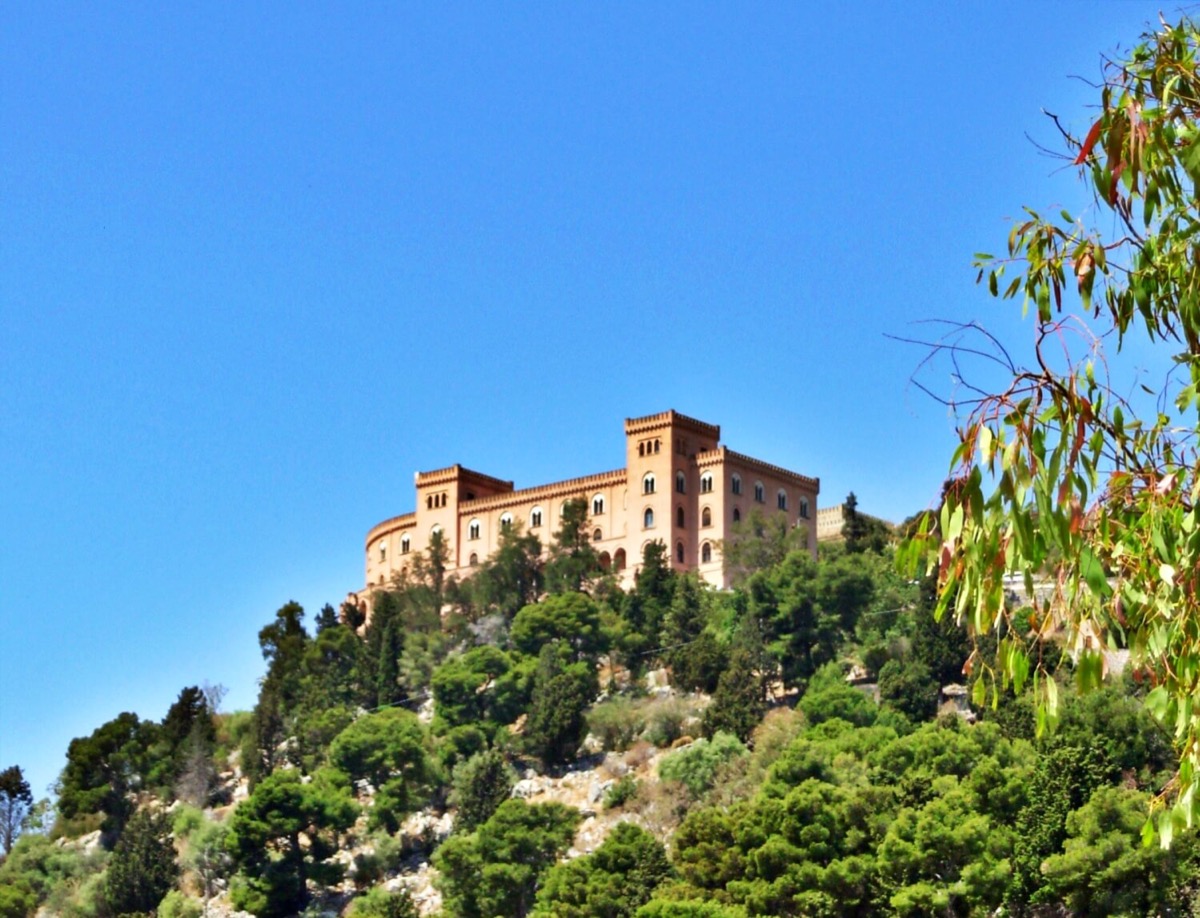
Utveggio Castle
Città metropolitana di Palermo
7.2km
castle, chateau
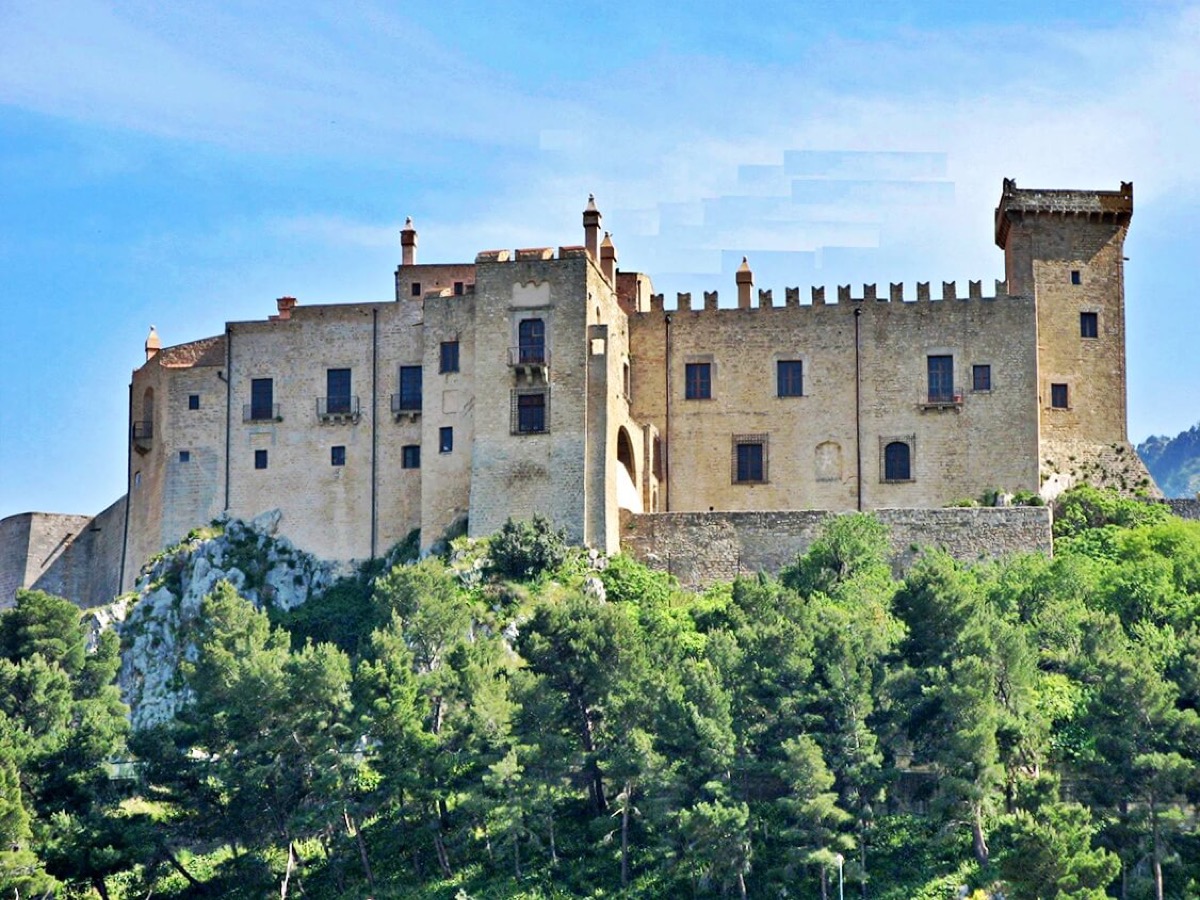
Castello di Carini
Città metropolitana di Palermo
18.6km
castle, chateau
